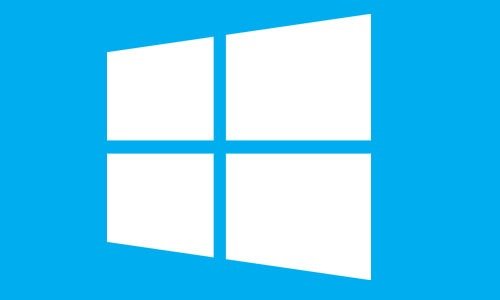Estimated reading time: 3 minutes
If you are using WSUS in your environment and you find that your Windows 10 clients are failing to download or install any Feature Upgrades (to 1607 or any CU updates) then you can give this fix a try.
You should first ensure that you have not approved any of these upgrades before installing the KB3095113 update on your WSUS server. If you have, you will need to carry out a deletion and tidy up of your SUSBD. To do this, simply run the below Powershell command (as elevated) on your WSUS server:
# Disable Upgrades Classification
Get-WsusClassification | Where-Object -FilterScript {$_.Classification.Title -Eq “Upgrades”} | Set-WsusClassification -Disable
# delete all update content on the current server belonging to the 1511 release
$wsus = Get-WsusServer
($wsus.SearchUpdates(“Windows 10 Education, version 1511, 10586”)).Count
$wsus.SearchUpdates(“Windows 10 Education, version 1511, 10586”) | foreach { Write-Host “Deleting $($_.Title)” -ForegroundColor Yellow; $wsus.DeleteUpdate($_.Id.UpdateId) }
($wsus.SearchUpdates(“Windows 10 Pro, version 1511, 10586”)).Count
$wsus.SearchUpdates(“Windows 10 Pro, version 1511, 10586”) | foreach { Write-Host “Deleting $($_.Title)” -ForegroundColor Cyan; $wsus.DeleteUpdate($_.Id.UpdateId) }
($wsus.SearchUpdates(“Windows 10 Enterprise, version 1511, 10586”)).Count
$wsus.SearchUpdates(“Windows 10 Enterprise, version 1511, 10586”) | foreach { Write-Host “Deleting $($_.Title)” -ForegroundColor Green; $wsus.DeleteUpdate($_.Id.UpdateId) }
# delete all update content on the current server belonging to the 1607 release
($wsus.SearchUpdates(“Windows 10 Pro, version 1607”)).Count
$wsus.SearchUpdates(“Windows 10 Pro, version 1607”) | foreach { Write-Host “Deleting $($_.Title)” -ForegroundColor Yellow; $wsus.DeleteUpdate($_.Id.UpdateId) }
($wsus.SearchUpdates(“Windows 10 Education, version 1607”)).Count
$wsus.SearchUpdates(“Windows 10 Education, version 1607”) | foreach { Write-Host “Deleting $($_.Title)” -ForegroundColor Cyan; $wsus.DeleteUpdate($_.Id.UpdateId) }
($wsus.SearchUpdates(“Windows 10 Enterprise, version 1607”)).Count
$wsus.SearchUpdates(“Windows 10 Enterprise, version 1607”) | foreach { Write-Host “Deleting $($_.Title) NON EN-US” -ForegroundColor Green; $wsus.DeleteUpdate($_.Id.UpdateId) }
#($wsus.SearchUpdates(“Windows 10 Enterprise, version 1607”) | ? {$_.title -notlike “*en-us*”}).Count
#$wsus.SearchUpdates(“Windows 10 Enterprise, version 1607”) | ? {$_.title -notlike “*en-us*”} | foreach { Write-Host “Deleting $($_.Title) NON EN-US” -ForegroundColor Green; $wsus.DeleteUpdate($_.Id.UpdateId) }
# enable Upgrades classification
Get-WsusClassification | Where-Object -FilterScript {$_.Classification.Title -Eq “Upgrades”} | Set-WsusClassification
# perform full sync
$sub = $s.GetSubscription()
$sub.StartSynchronization()
Once you have tidied up your SUSDB and installed the required KB update, you should now make a change on your WSUS servers IIS to allow your clients to get the updates from your WSUS server. To do this, you need to add a MIME type so carry out the below simple steps:
- Open IIS Manager on your WSUS server
- Highlight your server name
- From the ‘IIS’ area in the centre of IIS Manager, open “MIME Types“
- Click “Add…”
- Enter the information below into the popup box:
- File name extension: .esd
- MIME type: application/octet-stream
- Click OK to close the dialog box
You should now sync your WSUS server and run a Server Cleanup. Then reapprove any upgrades you want to push out and test on a client machine. You should now find that the client will download and install the upgrade without any further issues.
COMMENTS
If you have any questions or comments on this guide, please feel free to leave us a message below using comments system.
Share this content:
